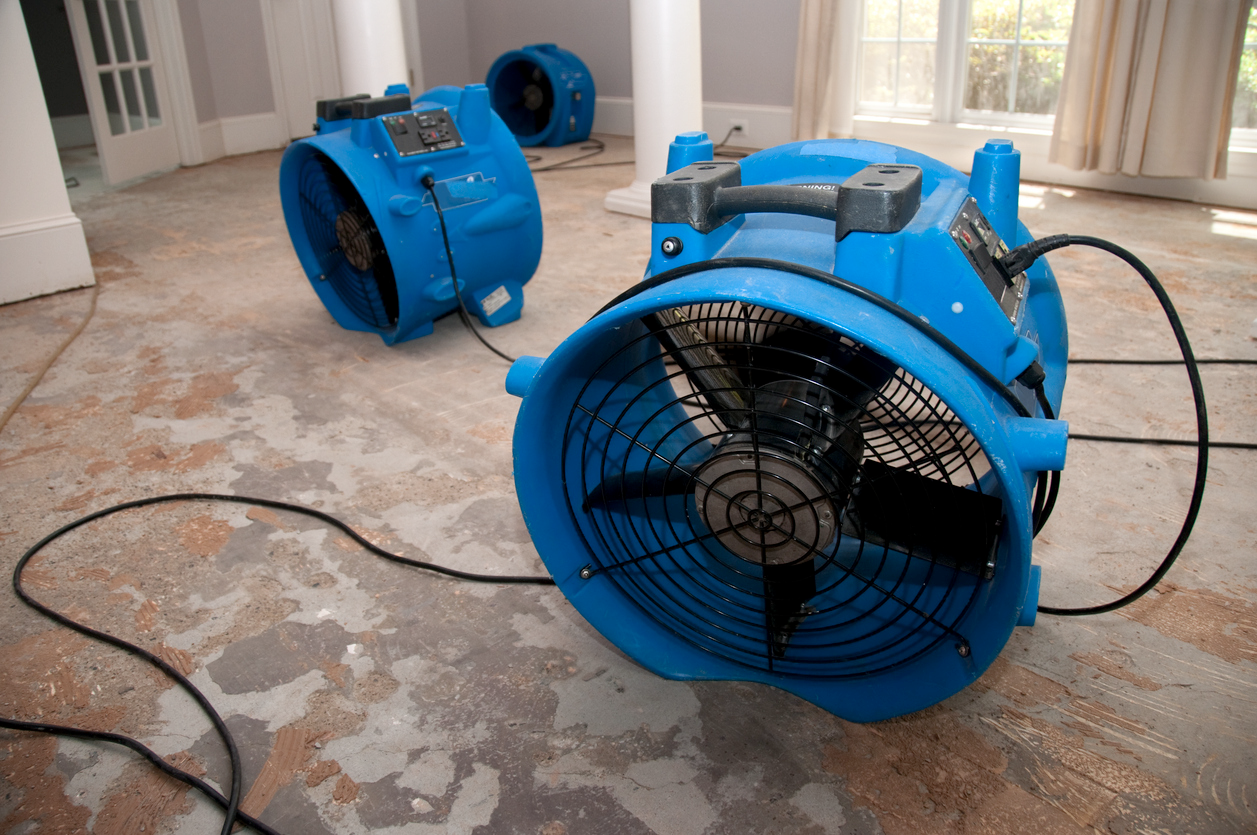The Science of Structural Drying After a Flood
Water damage in a property is not just about visible issues like soaked carpets or waterlogged furniture. Equally, if not more, concerning is the hidden moisture trapped within the building’s structure, which can lead to long-term damage and health risks. This concealed threat makes structural drying a critical component of water damage restoration. Below, we explore what structural drying involves, why it is essential, and the science behind effectively drying a flood-damaged property.
Why Structural Drying Matters
Protecting Health by Preventing Mold Growth
One of the primary reasons structural drying is vital is its role in preventing mold growth. Mold thrives in moist environments and can begin developing within 24 to 48 hours after water exposure. It may aggravate allergies, respiratory problems, and other health issues. By quickly and efficiently drying the structure, professionals help maintain healthy indoor air quality and protect the well-being of occupants.
Saving Time, Money, and Stress
When water damage is ignored or inadequately treated, it can lead to extensive, costly repairs later. Prompt structural drying limits the spread of damage, helping homeowners avoid major renovations and replacements. Additionally, it speeds up the overall restoration process, allowing normal life to resume faster.
Maintaining Structural Integrity
Water damage often goes beyond surface-level concerns. Moisture seeps into wood, drywall, and metal—the very framework of a building. Left untreated, these materials may warp, rot, or rust, ultimately compromising the building’s safety and stability. Professional drying methods preserve these materials, ensuring the property remains solid and secure.
The Process of Structural Drying
Inspection and Moisture Detection
The process begins with a thorough inspection to determine where and how deeply moisture has penetrated. Professionals use advanced tools such as moisture meters and thermal imaging cameras to identify affected areas and design a targeted drying plan.
Water Extraction and Removal
Efficient water removal is critical. Using submersible pumps and powerful vacuums, technicians extract as much standing water as possible to prevent further absorption into structural materials.
Air Movement and Ventilation
Air movers are then introduced to accelerate the evaporation of moisture from wet surfaces. Combined with proper ventilation, this circulation ensures more effective drying throughout the property.
Dehumidification
As moisture evaporates, indoor humidity rises, which can cause water to reabsorb into materials. Industrial dehumidifiers remove excess moisture from the air, creating an environment that hinders mold growth and supports thorough drying.
Continuous Monitoring and Adjustments
The drying process is continually monitored using specialized detection tools. Equipment placement and settings are adjusted as necessary to ensure even and efficient drying across all affected areas.
Final Inspection and Verification
Once moisture levels return to safe standards, a final inspection verifies the property is completely dry. At this stage, the building is ready for necessary repairs or cosmetic restoration.
Act Now to Safeguard Your Property
In the aftermath of a flood, acting quickly is essential. The longer water lingers, the greater the damage it can cause, not only to the building’s structure but also to the health of its occupants. Operation Dry Space provides professional structural drying services backed by advanced technology and proven methods. Our dedicated team works efficiently to restore your property to its pre-loss condition while minimizing future risks and expenses.
Get in Touch
If your property in Spotsylvania County has suffered water damage, don’t delay. Protect your investment and ensure a safe, healthy environment by contacting Operation Dry Space today. Call us at 540-893-2770 or fill out our online form for a prompt and professional assessment.


